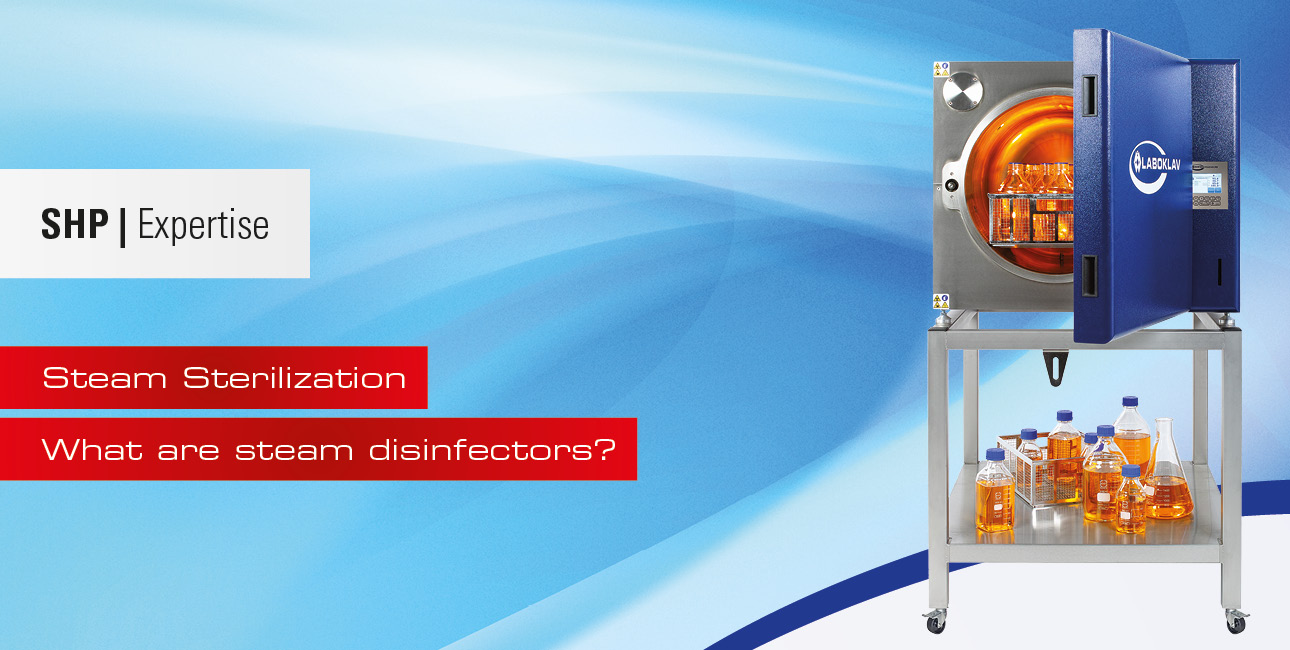Steam disinfectors play a crucial role in the hygienic processing of contaminated materials and make an important contribution to infection prevention in the medical field.
What are steam disinfectors?
Steam disinfectors are devices used to kill pathogens on medical instruments, textiles, and infectious waste by means of saturated steam. They are a central component of infection prevention in healthcare.
Scope of application:
The relevant standard applies to steam disinfectors primarily used in medicine as well as for treating infectious waste of group C, for example according to § 10a of the Federal Epidemic Act, waste code 18 01 03.
Goals of steam disinfection:
• Interrupting chains of infection
• Killing pathogenic microorganisms
• Preferred use of the method when suitable
Main application areas:
1. Bed equipment such as mattresses and textiles:
Disinfection takes place at temperatures between 75 and 105 °C. Complete air removal by vacuum is especially important.
2. Group C waste:
This is usually treated at temperatures above 105 °C. Since the material is often porous, hollow, or liquid, packaging and separation affect the effectiveness of disinfection.
Important terms:
Disinfection means partial decontamination by killing or irreversibly inactivating pathogens.
Sterilization, on the other hand, refers to the complete killing of all microorganisms including spores (see EN 556-1).
Technical requirements (according to DIN 58949):
The standard requires uniform dimensions, designations, suitable materials, and safe device construction. Electrical safety, labeling, and accompanying documents are also important.
Effectiveness testing:
To ensure effectiveness, there are various types of testing, including type testing, post-installation testing, and regular functional checks. The test load depends on the type of item to be disinfected (porous, hollow, or liquid). Standardized test devices and bioindicators are used. The latter contain heat-resistant microorganisms and serve to verify the killing performance.
Operation of the devices:
Clear regulations exist for operation, commissioning, disinfection processes, and documentation. Documentation is maintained, for example, via device logs and checklists. Regular inspections, maintenance, and comparison measurements are also planned. Specific requirements apply in cases of downtime or non-use of the devices.
Infrastructure requirements:
This includes requirements for installation rooms, piping, and supply connections. There are regulations for energy and media supply as well as hygienic disposal. In addition, connection and consumption values must be specified.
 DE
DE  EN
EN  PL
PL  FR
FR  ES
ES  SV
SV  NL
NL 

